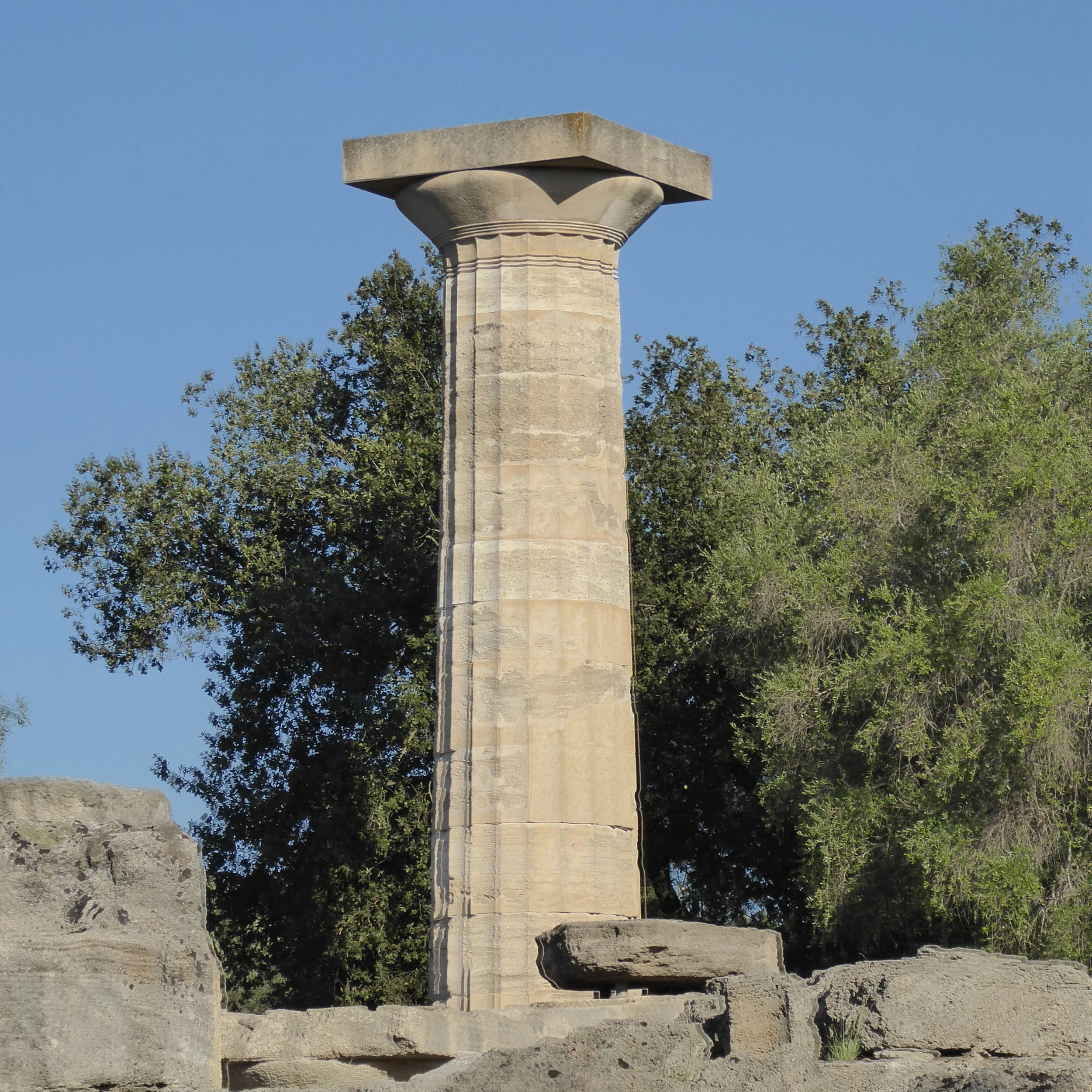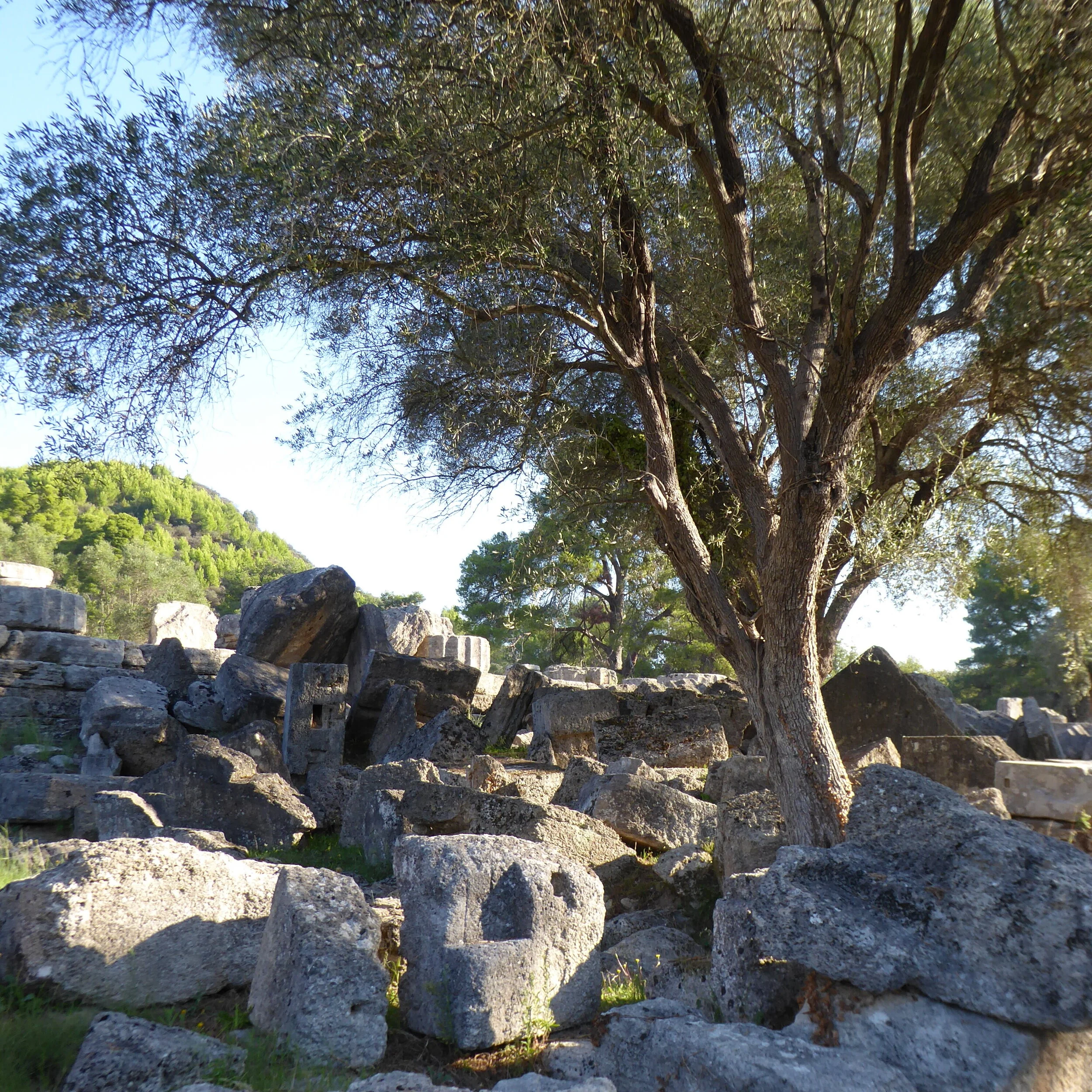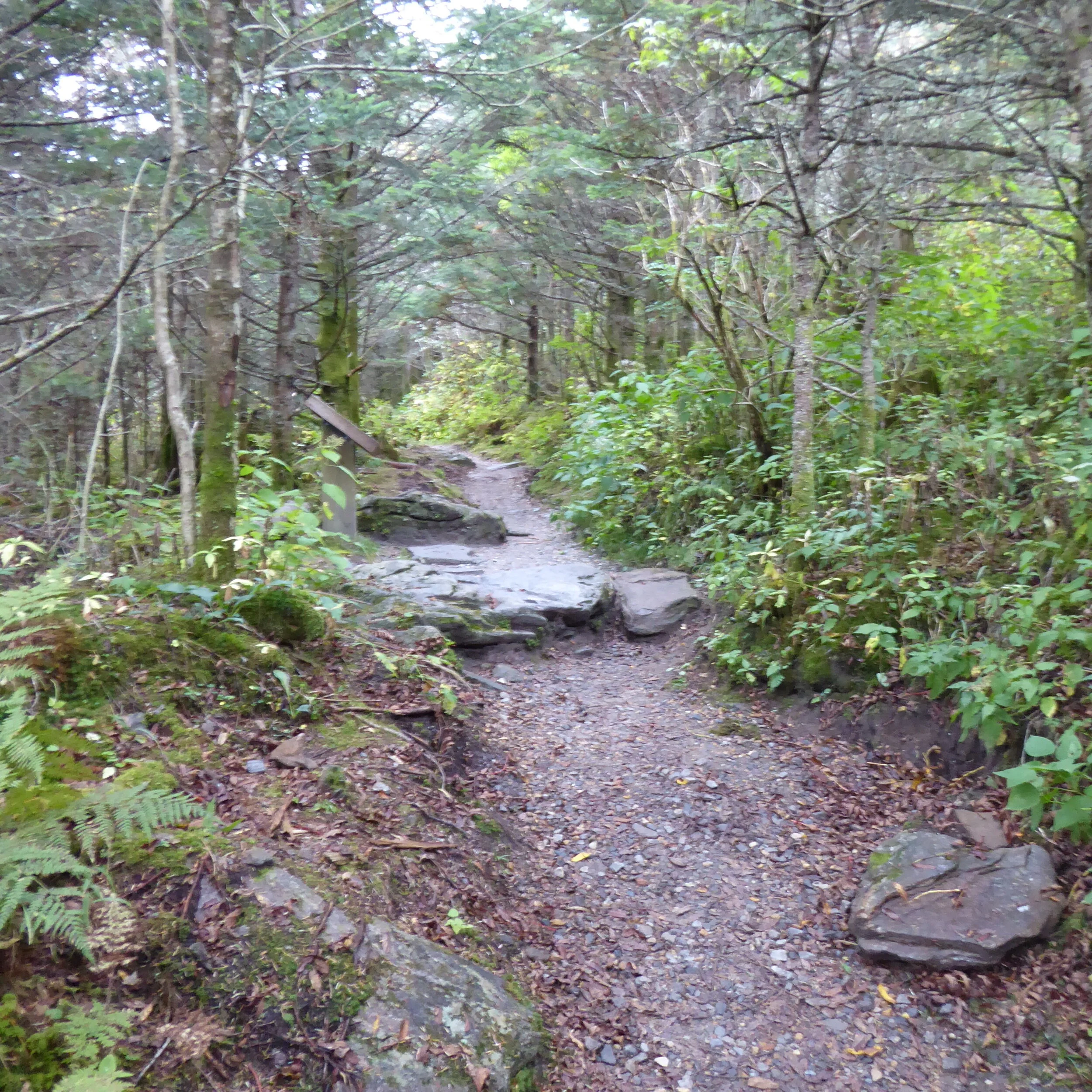Leftovers
After the feast, the leftovers.
Across this vast country, casserole dishes will be removed from refrigerators and set out on counters, awaiting a procession of diners, plates in hand. Dollops of sweet potatoes, dressing and gravy, green bean casserole (whose fried onions never handle the day-after transition gracefully), an assortment of other vegetables and the Beloved Bird will take turns in the microwave. I assume some plates will feature Brussels sprouts, but I can’t understand why. Penance, perhaps.
Unlike Black Friday, Thanksgiving leftovers have universal appeal. For one day. Maybe two.
Then they become the houseguest who refuses to leave.
You know you’ve turned this corner when you consider putting dressing in a waffle iron or cranberry sauce in a smoothie. You’ve entered a tortured state, torn between an obligation to consume every bit of your bounty and the longing for a pizza.
Years ago, a Christmas ham made so many repeat appearances at our dinner table that Older Son called it the Rasputin Ham, after the monk who advised Nicholas II, the last czar of Russia, and his wife Alexandra. When Rasputin’s enemies decided his services were no longer needed, they tried poisoning him with cyanide. When that didn’t work, they had to resort to a copious number of bullets to finish the job.
Rasputin refused to die. So did the ham. Its remains might still lurk somewhere in the back of my freezer.
I found myself thinking about leftovers on a recent visit to Greece. Not that Mr. Pettit and I were forced to eat day-old baklava or tzatziki, although I would have been okay with that. (Very okay with the baklava.)
No, the thought came to me as we beheld the ruins of the Temple of Zeus at the Sanctuary of Olympia. The length and girth of the massive stone columns, resting on the ground as if swept aside by a giant hand, gave us an inkling of the scale of the building. The temple, built almost 500 years before the birth of Christ, housed a 43-foot tall statue of Zeus, one of the Seven Wonders of the Ancient World.
And now it’s all just a collection of columns without a purpose.
Leftovers.
Don’t get me wrong—it was thrilling to see where the Olympic Games started, to stand on the very starting blocks used by runners competing for Zeus’s favor. Days later, we visited the 4,000-year-old Palace of Knossos on the island of Crete, where the myth of the Minotaur was born and the concept of the labyrinth originated. Good stuff for history buffs like Mr. Pettit and I. Really good stuff.
But leftovers, nevertheless.
No one worships Zeus anymore. And the Minoans are lost to history; even their language is undecipherable. We sift through the remains and find traces of beauty. We borrow concepts—Greece is the birthplace of Western civilization—and gawk at the ruins, trying to visualize their glory. But our visit reinforced this truth:
Things—buildings, works of art, cities—eventually disappear. It might take centuries, but everything winds up as a pile of rocks.
If this world keeps turning for another thousand years, an archaeologist might excavate a shard of my mother’s china and turn it carefully in his palm, wondering about its owner. Mama and I will be long gone, but only in physical form. I think our chaplain at Minot Air Force Base in North Dakota put it best: We’re immortal beings on a mortal journey.
Like things, the body doesn’t last. But the soul goes on.
Mr. Pettit and I were wrapping up a lovely day in Dubrovnik, Croatia, when we decided to stop at an internet café to check our email. He saw the news first.
Our dear friend Joan had passed away.
I had visited her days before our departure. I felt compelled to do so, and in hindsight I believe it was the Holy Spirit egging me on.
Joan was only slightly older than Mr. Pettit and me but had experienced two lifetimes’ worth of suffering. A cancer diagnosis, then remission. Kidney disease, then dialysis. Hope for a kidney transplant, then devastation when the cancer returned. And the final blow: a broken hip.
Through it all Joan’s faith in Jesus Christ shone through her like light through a stained-glass window. Not that she walked around with her hands in prayerful repose, as far removed from ordinary folks as a sculpture by Michelangelo. She was no marble saint.
Joan could be sassy; we shared more than a few snarky remarks after yet another endless church committee meeting. And she and her beloved mom, Helen (who lived into her 90s), never missed a chance to comment on an especially handsome man.
But her sweet spirit was almost a tangible thing, and her generosity was. She gave of her time, her talents and her material resources with an open heart. Singing in church, her clear soprano lifting a worship service. Serving dinner to church members or the homeless. Leading our local church association. Working with a group that supports law enforcement.
You never knew when she’d show up with a gift, “just because.” When I started attending another church, I kept in touch with friends from my former church family by meeting for dinner every few weeks. Joan and Helen suggested we call ourselves the Forever Friends Society.
When we met in September, Joan brought each of us an insulated shopping tote. She let me choose my pattern first to celebrate my book signing this summer. Of course, she was also among the first to buy my book, purchasing a copy for each member of the Society.
Joan was terribly thin, her body pummeled by dialysis and chemotherapy. Helen’s passing in 2018 had hit her like a train, since the two were so close, more like sisters than mother and daughter. Still, Joan was put together as always, her hair and makeup perfect, clothes stylish, manicure fresh.
And spirit shining.
But in October I knew, deep in my heart, that our last visit would be our last visit. Joan was ready to put aside her body and move on. Ready for the pain to end. Ready to see Helen again.
Ready to wrap up the mortal part of her journey.
Ready to see her Savior face to face.
We were still overseas when Joan’s funeral was held, so I didn’t get to say a formal goodbye. Maybe that’s why it’s so to believe she’s gone.
Joan’s leftovers—her clothes, her jewelry, her car—have been dealt with by now, sold or given away. One day the home where she lived, where she put out decorations for every season, will be gone, torn or worn down.
But her legacy continues.
Zeus and the Minotaur are characters in children’s stories. Parts of the Palace of Knossos are little more than rubble, their frescoes faded by the millennia.
Only God is forever.
“I am the Alpha and the Omega,” says the Lord God, “who is, and who was, and who is to come, the Almighty.” Revelation 1:8 (NIV)
In the parable of the bags of gold (Matthew 25:14-30), Jesus talks about the reward waiting for those who are good stewards of their gifts:
“Well done, good and faithful servant! You have been faithful with a few things; I will put you in charge of many things. Come and share your master’s happiness!” Matthew 25:23 (NIV)
As I write this on a cool November morning, days away from Thanksgiving, I am certain that Joan is sharing her Master’s happiness. She used everything she was given, down to the last coin.
Nothing left over.




